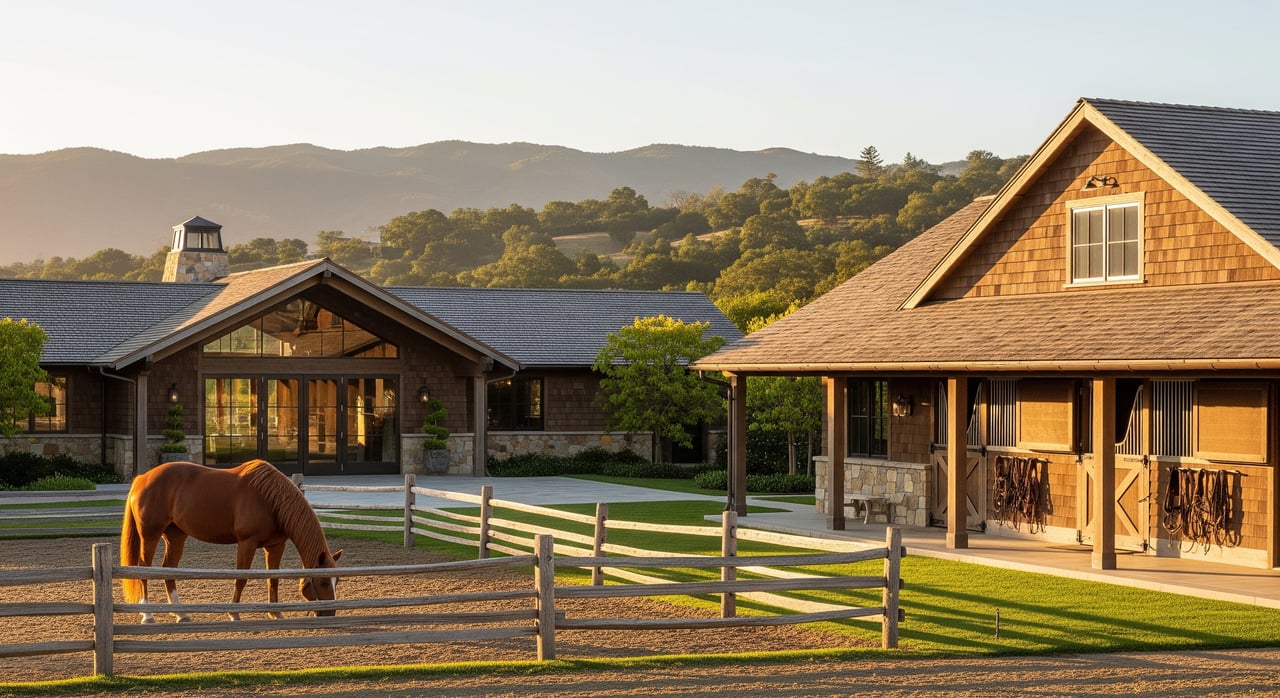Walking More Could Add As Much As 11 Years To Your Life, Study Says. Here’s How
Fortune Well November 17, 2024
Main

Fortune Well November 17, 2024
Main

Everyone has a different relationship with exercise. You might be a fitness junkie, hitting the gym five days a week or training for a marathon to push your body’s limits. But for most Americans, physical activity takes a backseat to everything else going on in life.
Only 26% of men, 19% of women, and 20% of adolescents get enough activity to meet aerobic and muscle-strengthening guidelines, according to the Department of Health and Human Services.
If you’re one of the many people currently not hitting the minimum exercise recommendations—150 to 300 minutes of moderate-intensity physical activity a week—then you might be missing out on substantial gains in longevity and health span, according to a new study published in the British Journal of Sports Medicine.
Researchers analyzed 2017 mortality data from the CDC’s National Center for Health Statistics. Over 36,000 Americans over age 40 were included, whose physical activity levels were based on data from the 2003 to 2006 National Health and Nutritional Examination Survey. They examined how much physical activity reduced or increased life expectancy.
Researchers translated all forms of moderate to vigorous exercise into the equivalent in walking minutes, to make the comparison between groups easier to interpret.
Activity levels were divided into four categories: The least active individuals were doing the equivalent of 50 minutes of walking per day; the next group was at 80 minutes of daily walking; the third group at 110 minutes, and the most active group was doing the equivalent of 160 minutes—nearly three hours—of walking per day.
One of the most shocking results of the study: The “enormous amount of life expectancy that inactive people can gain,” says lead author Lennert Veerman, Professor of Public Health, Griffith University School of Medicine in Queensland, Australia.
If all people were as active as the top 25% of the researched population, Americans over the age of 40 could potentially live an extra 5.3 years on average—raising their life expectancy to around 84 years old, the study concludes. And if the least active increased their exercise to the most active level, they stood to gain as much as 11 more years of life.
It might be time to start upping your exercise game if you find yourself in the least active group: “The people that are currently inactive can gain the most,” Veerman tells Fortune. A single additional hour of walking could give those people six more hours of life, he adds.
Although that inactive group was classified in the study as getting 50 minutes of daily walking, that number likely comes from regular daily movement, meaning they are not getting any moderate- or vigorous-intensity physical activity beyond basic movement from daily life activities, which is important for overall health.
You have a lot to lose by being inactive, Veerman says. If all Americans aged 40 and older were as inactive as the least active 25% of the population, there would be a loss in life expectancy of 5.8 years, decreasing life expectancy at birth to around 73 years, based on data from 2017.
Even moving up an activity level can bring significant benefits. For the least active, moving up to the second group brought gains in life expectancy of 0.6 years, while going up to the third group added 3.5 years—corresponding to life expectancy at birth of 79 and 82.
As for the most active, you’ve likely already maximized any longevity gains, Veerman says.
The U.S. Physical Activity Guidelines for Americans emphasize the importance of exercise for all-around well-being, not just longevity perks. Exercise is shown to help people sleep better, perform daily tasks more easily, improve physical and cognitive function, mental health, and energy levels, the DHHS says.
The DHHS emphasizes the importance of incorporating moderate- and vigorous-intensity exercise on a daily basis. That can be difficult if you live in places that are car-dependent and don’t already engage in a regular exercise routine, Veerman points out. But, every little bit counts, he says.
Here are ways you can incorporate more movement into your day—or what Veerman calls “incidental physical activity”:
“Try to find the little things that you can do that don’t take too much effort,” Veerman says. “Little things can make a big difference over the years.”
Stay up to date on the latest real estate trends.

Buyer
December 16, 2025
One of the biggest homebuying advantages you can give yourself today is surprisingly simple: a flexible wish list.

Seller
December 12, 2025
A lot of people are asking the same thing right now: “Is it even a good time to sell?” And the truth may come as a bit of a surprise...

Seller
December 11, 2025
Spring gets all the attention, but it’s not always the best time to sell a house.

Seller
December 9, 2025
If you’re like a lot of homeowners, you’ve probably thought: “I’d like to move… but I don’t want to give up my 3% rate.” That’s fair.

December 4, 2025

Buyer
December 2, 2025
Focus on homes that have been sitting on the market for a while.
We Guide Homeowners through the complicated process of selling their home using our 4 Phase Selling Process and 3 Prong Marketing Strategy that alleviates their stress and moves them effortlessly to their next destination. Schedule a 15 Minute Complimentary Strategy Session Today